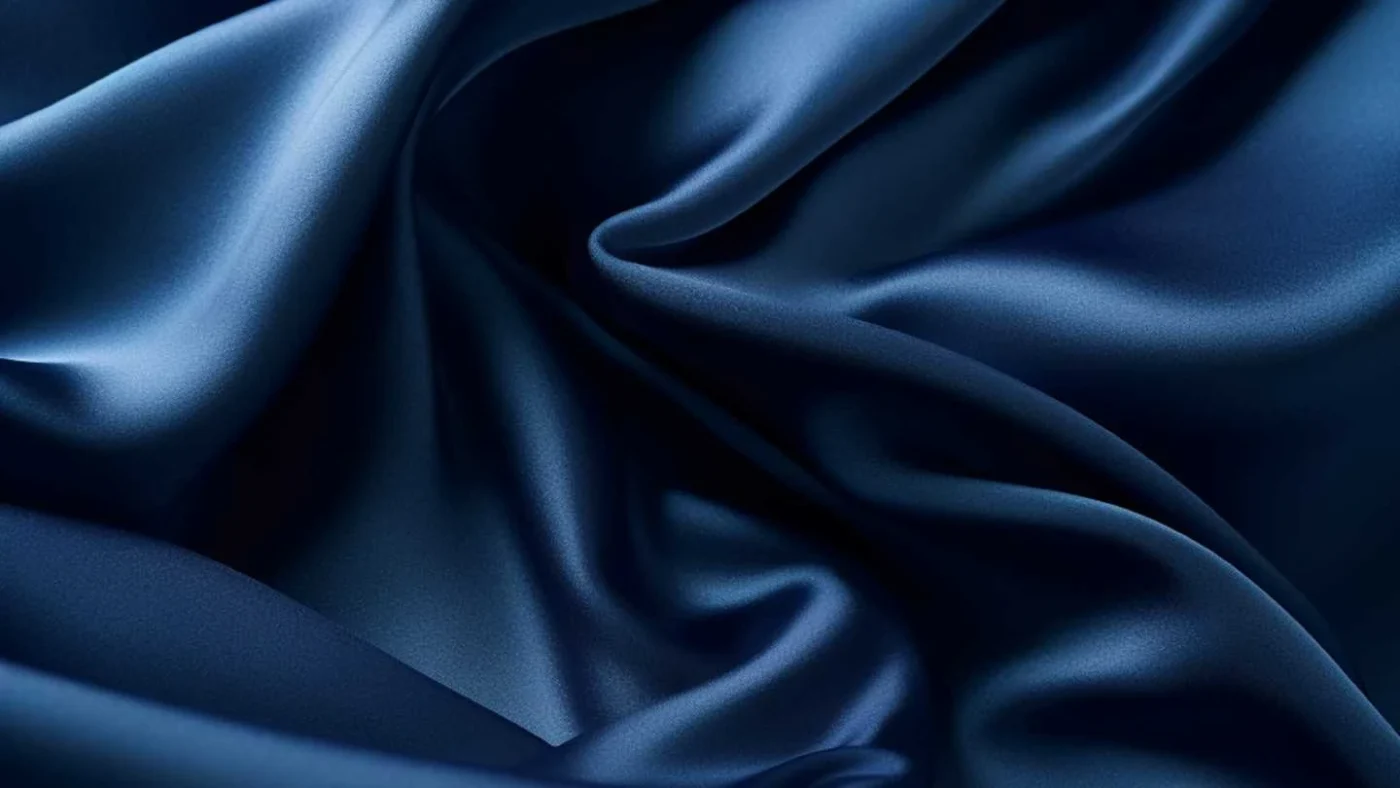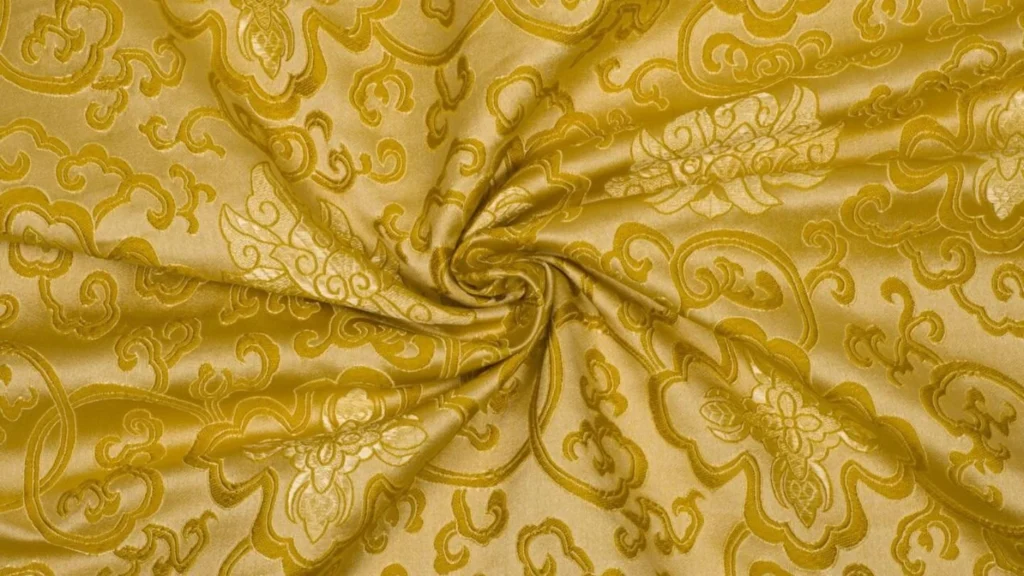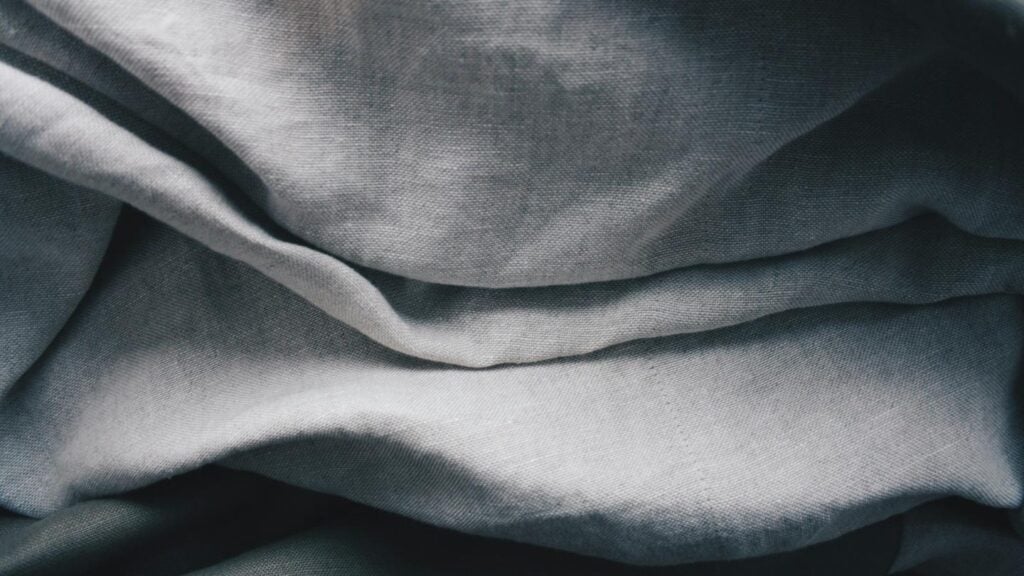2 – Benefits of Choosing Silk
3 – Silk vs Other Fabrics
4 – How Silk Is Manufactured
5 – Common Uses in Fashion
6 – Understanding the Environmental Impact of Silk
7 – Exploring Price Points and Value for Money
8 – Conclusion
9 – FAQs
What is Silk?
Silk fabric is a luxurious and natural textile prized for its exceptional softness, subtle sheen, and elegant drape. Derived from the cocoons of the Bombyx mori silkworm, silk has been cultivated for thousands of years, with its origins tracing back to ancient China around 2,700 BCE. What makes silk unique is not only its opulent texture but also the intricate process behind its creation: each cocoon is made of a single continuous filament that can measure up to 900 meters in length. When woven, these ultra-fine threads produce a fabric that is lightweight yet strong, smooth to the touch, and naturally breathable.
Silk’s structure gives it a number of remarkable properties. It is:
- Highly absorbent, which makes it excellent for moisture regulation and dye absorption.
- Hypoallergenic, making it suitable for sensitive skin.
- Thermoregulating, keeping you cool in summer and warm in winter.
- Naturally lustrous, with a glossy finish that doesn’t require chemical treatments.

Benefits of Choosing Silk
Silk fabric is celebrated for its elegance and exceptional performance across fashion, home, and luxury goods. Here are the key benefits that make silk a top choice:
Breathability & Thermoregulation
- Naturally regulates body temperature: cool in summer, warm in winter
- Allows airflow and moisture absorption, preventing overheating
Softness & Comfort
- Ultra-smooth texture that feels gentle against the skin
- Ideal for sensitive skin or conditions like eczema
Lustrous Appearance
- Natural sheen gives garments a refined, luxurious look
- Maintains a timeless, elegant aesthetic without added chemicals
Moisture-Wicking & Absorbent
- Absorbs up to 30% of its weight in moisture without feeling damp
- Keeps skin dry and comfortable throughout the day
Hypoallergenic
- Resistant to dust mites, mold, and allergens
- Excellent choice for allergy-prone individuals
Strength & Durability
- Despite its delicate feel, silk is one of the strongest natural fibers
- When properly cared for, it retains shape and quality over time
Vibrant Dye Absorption
- Holds dyes brilliantly, resulting in rich, long-lasting colors
- Ideal for high-end fashion and detailed textile design

Silk vs Other Fabrics
When comparing silk to other fabrics, its unique blend of elegance, comfort, and natural performance clearly stands out. Below is a quick overview of how silk measures up against common alternatives.
Silk vs Cotton
- Silk: Smooth, glossy, thermoregulating, and hypoallergenic
- Cotton: Matte, breathable, durable, easier to wash, less luxurious in feel
Silk vs Polyester
- Silk: Natural, biodegradable, breathable, and soft on the skin
- Polyester: Synthetic, less breathable, retains odors, wrinkle-resistant, more affordable
Silk vs Linen
- Silk: Flowing drape, soft texture, subtle shine
- Linen: Crisp, cool, prone to wrinkles, better for very hot climates
Silk vs Satin
(Note: Satin is a weave, not a fiber)
- Silk Satin: Natural, breathable, elegant finish
- Polyester Satin: Similar look, less breathable, more budget-friendly
Silk vs Wool
- Silk: Lightweight, smooth, suitable year-round
- Wool: Thicker, insulating, ideal for colder temperatures
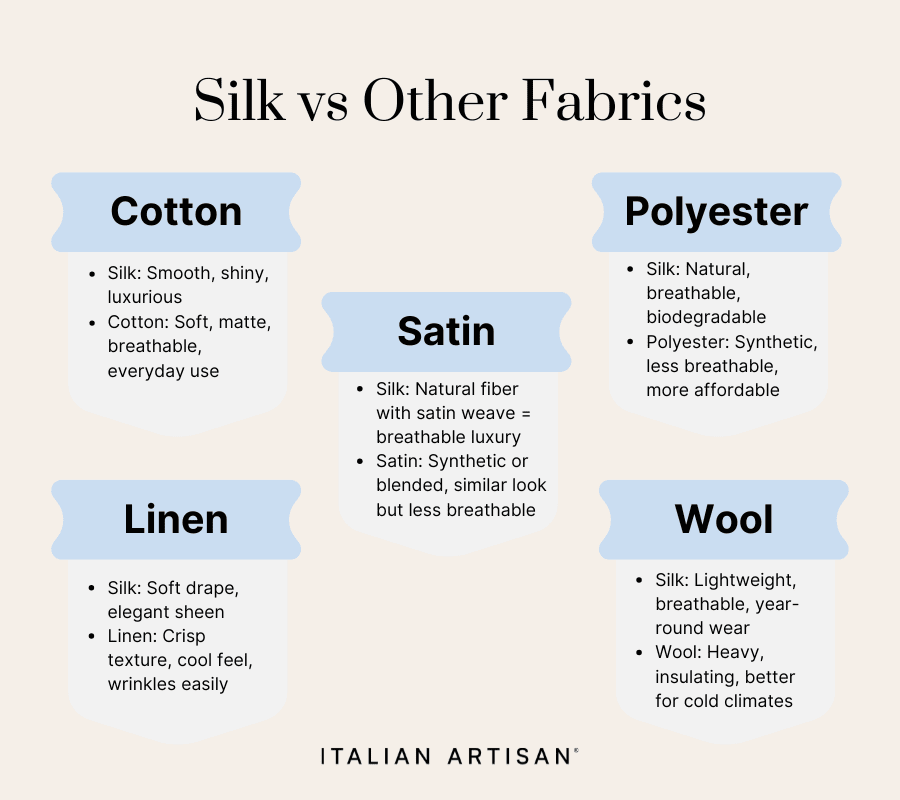
How Silk Is Manufactured
Silk production, also known as sericulture, is a meticulous process that transforms silkworm cocoons into luxurious fabric. Here’s a step-by-step overview:
- Silkworm Cultivation
Silkworms (Bombyx mori) are raised on a diet of mulberry leaves until they spin cocoons made of a single continuous silk filament. - Cocoon Harvesting
After spinning, the cocoons are collected before the moths emerge, to preserve the unbroken filament. - Boiling or Steaming
Cocoons are boiled or steamed to soften the sericin (the natural gum holding the cocoon together), making it easier to unwind the threads. - Reeling the Silk
The softened silk filaments are carefully unwound and combined to form a single thread suitable for weaving. Each cocoon can yield up to 900 meters of filament. - Twisting & Dyeing
The raw silk threads are twisted into yarns and dyed in a range of colors using traditional or modern techniques. - Weaving
The dyed silk yarns are woven into fabric using various looms, depending on the desired texture and finish. - Finishing
The woven silk is treated to enhance its softness, shine, and drape. This may include washing, degumming (removing excess sericin), or applying special finishes.
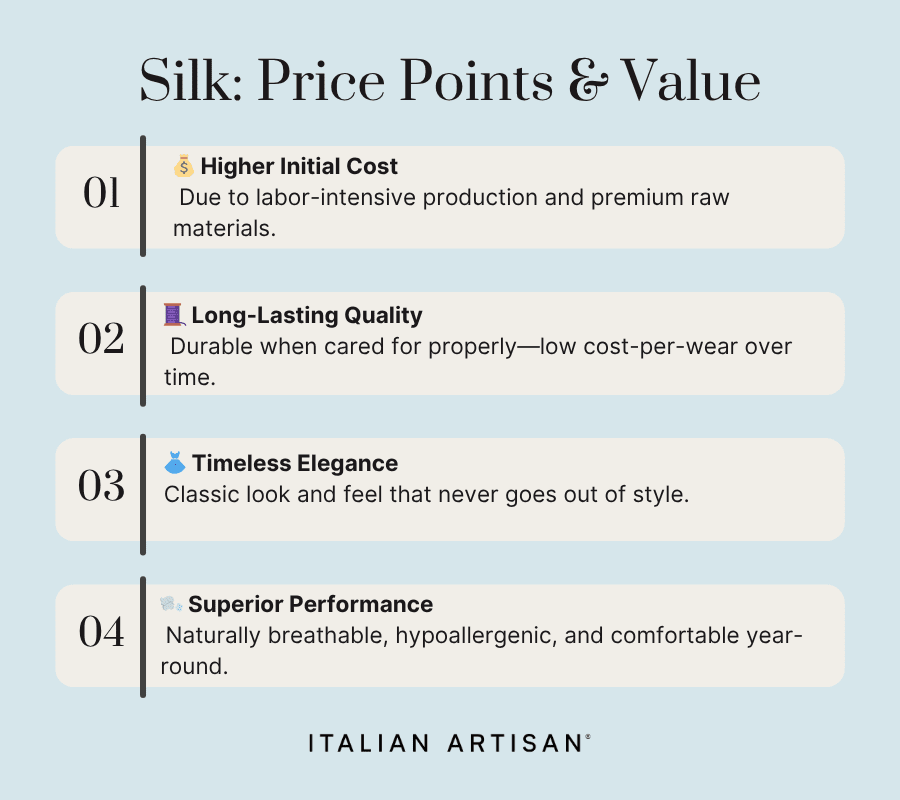
Produce your fashion collection with us
Common Uses in Fashion
Silk’s luxurious texture, natural sheen, and elegant drape make it a staple in high-end and everyday fashion. Here are its most common applications:
- Dresses and Gowns: Ideal for eveningwear, bridal gowns, and formal attire due to its fluid movement and sophisticated appearance.
- Blouses and Shirts: Lightweight and breathable, offering comfort with a polished look for both casual and professional settings.
- Scarves and Accessories: Silk is often used for scarves, ties, pocket squares, and headbands, prized for its softness and ability to hold vibrant prints.
- Lingerie and Sleepwear: Chosen for its gentle feel on the skin and its thermoregulating properties, making it perfect for nightwear.
- Suits and Tailoring Linings: Often used as a lining in luxury tailoring to enhance comfort and add a touch of refinement.
- Skirts and Trousers: Used in flowing silhouettes or formal trousers where a lightweight, elegant look is desired.
- Luxury Streetwear and Loungewear: Increasingly popular in upscale casualwear collections for its comfort and elevated aesthetic.
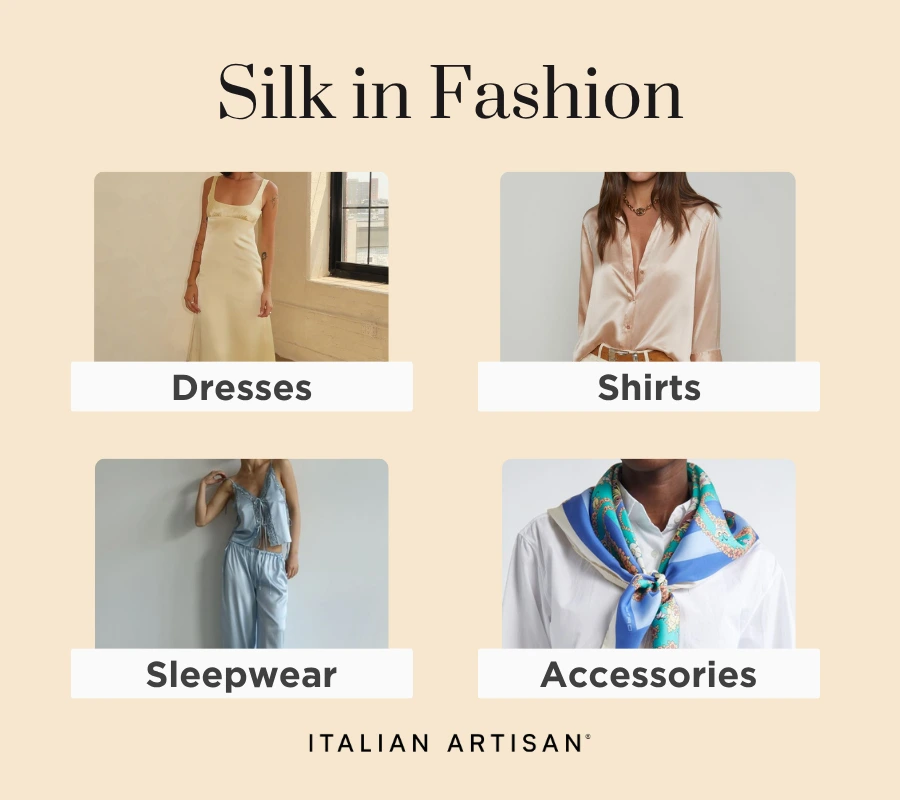
Understanding the Environmental Impact of Silk
Silk is a natural fiber with both sustainable and environmental challenges. Here’s a concise look at its ecological footprint:
Positive Aspects
- Biodegradable: As a protein-based natural fiber, silk decomposes without leaving harmful residues.
- Low Microplastic Pollution: Unlike synthetic fabrics, silk does not shed microplastics during washing.
- Durability: High-quality silk lasts for years, reducing the need for frequent replacements and lowering long-term consumption.
Challenges
- Water & Energy Use: Traditional sericulture and processing can be water- and energy-intensive, particularly during dyeing and finishing.
- Land Use: Large areas are required to grow mulberry trees, which are the primary food source for silkworms.
- Animal Welfare Concerns: Conventional silk production involves boiling cocoons, which kills the silkworms. This has led to debates over ethical production and the rise of alternatives like peace silk (Ahimsa silk), which allows moths to emerge naturally.
Ongoing Innovations
- Eco-friendly Dyes and Finishes: New processes reduce chemical usage and water waste.
- Peace Silk and Regenerative Sericulture: Alternatives that aim to improve animal welfare and minimize environmental impact.
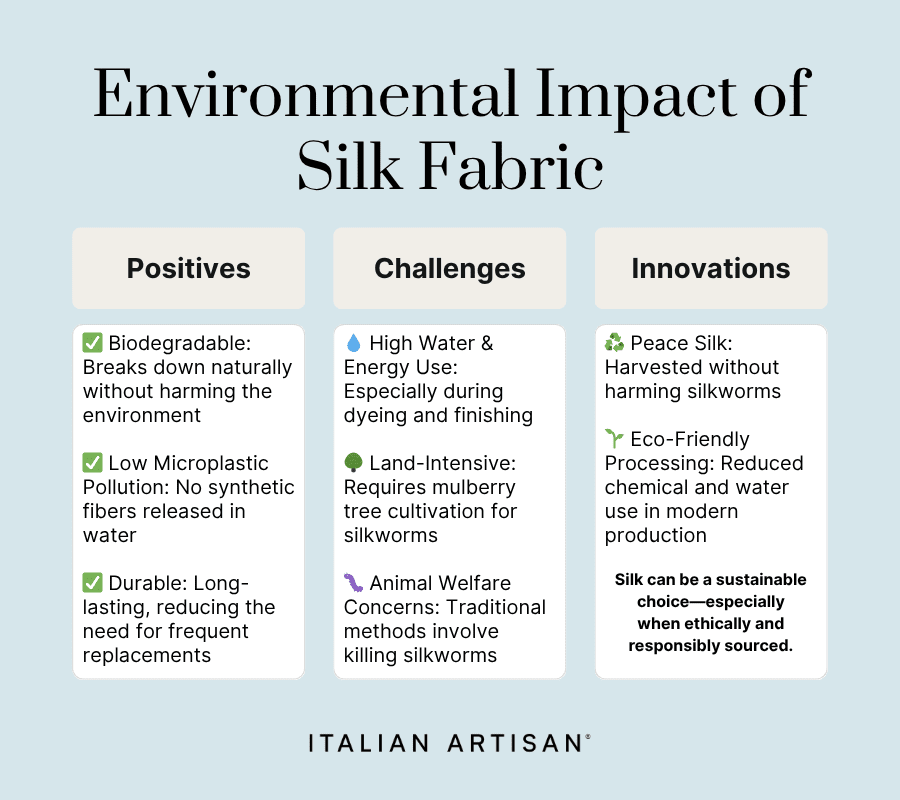
Exploring Price Points and Value for Money
Silk is widely recognized as a luxury fabric, and its price reflects both the labor-intensive production process and the exceptional qualities it offers. The cost of silk typically ranges higher than that of most natural or synthetic fabrics, with prices influenced by several factors including the type of silk (e.g., mulberry, tussah, eri, or muga), the weave (such as charmeuse, chiffon, or habotai), origin of production, and any additional finishes or dyes applied during manufacturing.
For example, mulberry silk, the finest and most consistent quality, is often the most expensive due to the controlled environment and exclusive diet of the silkworms. On the other hand, tussah silk—produced by wild silkworms—may be slightly less costly but also less uniform in texture and color.
Despite its premium price, silk offers excellent value for money due to the following:
- Longevity and Durability: When properly cared for, silk garments can last for years without losing their shape, color, or luster.
- Timeless Appeal: Silk doesn’t go out of fashion. Its elegance, sheen, and drape remain relevant across seasons and styles, reducing the need for frequent replacements.
- Comfort and Performance: Silk’s thermoregulatory and hypoallergenic properties enhance the wearer’s comfort, making it ideal for both warm and cool climates as well as for those with sensitive skin.
- Luxury Perception: Silk instantly elevates the perceived value of a garment or accessory, making it a preferred choice for special occasions and premium collections.
Furthermore, silk has a low cost-per-wear over time. A high-quality silk blouse, scarf, or pillowcase might seem expensive initially, but its durability and aesthetic longevity often justify the investment.

Conclusion
Silk fabric stands as one of the most revered textiles in the world, combining natural beauty, luxurious comfort, and remarkable performance. From its ancient origins in China to its continued use in modern fashion, silk has maintained its status as a premium material thanks to its unique properties—lightweight yet strong, breathable, hypoallergenic, and naturally lustrous. While it commands a higher price point, the value it offers in durability, comfort, and aesthetic appeal makes it a worthwhile investment. Whether chosen for its elegance or functionality, silk remains unmatched in its ability to deliver both style and substance.
FAQs
- What is silk fabric made of?
Silk is a natural protein fiber produced by silkworms, primarily the Bombyx mori, during the cocoon-spinning process. - Is silk breathable?
Yes, silk is highly breathable and helps regulate body temperature, keeping you cool in summer and warm in winter. - Is silk fabric eco-friendly?
Silk is biodegradable and a renewable resource, but traditional production can be resource-intensive and raises ethical concerns regarding animal welfare. - Can silk be washed at home?
Some silk items can be hand-washed with cold water and mild detergent, but many require dry cleaning to maintain their quality and shape. - What does mulberry silk mean?
Mulberry silk comes from silkworms that feed exclusively on mulberry leaves. It is considered the highest quality silk due to its smoothness and strength. - Is silk good for sensitive skin?
Yes, silk is hypoallergenic and gentle on the skin, making it ideal for those with allergies, eczema, or sensitive skin. - Does silk wrinkle easily?
Silk is prone to light wrinkling, but it tends to relax with body heat. Steam can be used to gently remove wrinkles. - What is peace silk?
Peace silk (or Ahimsa silk) is produced without harming the silkworms, allowing them to emerge naturally from the cocoon before harvesting. - How is silk different from satin?
Silk is a natural fiber, while satin is a weave that can be made from silk, polyester, or other materials. Silk satin combines both fiber quality and weave for a luxurious feel. - Why is silk more expensive than other fabrics?
The production of silk is labor-intensive, involving careful cultivation of silkworms and delicate reeling of the fibers, which contributes to its higher cost and exclusivity.

